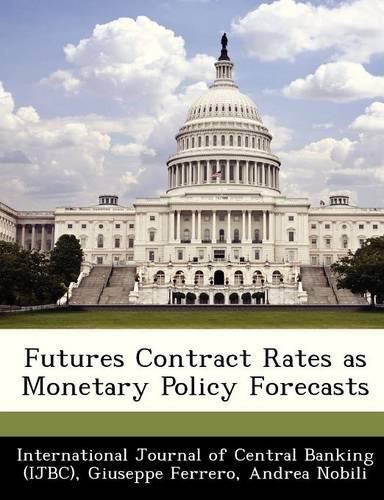Readings Newsletter
Become a Readings Member to make your shopping experience even easier.
Sign in or sign up for free!
You’re not far away from qualifying for FREE standard shipping within Australia
You’ve qualified for FREE standard shipping within Australia
The cart is loading…






The prices of futures contracts on short-term interest rates are commonly used by central banks to gauge market expectations concerning monetary policy decisions. Excess returns - the difference between futures rates and the realized rates - are positive, on average, and statistically significant, both in the euro area and in the United States. We find that these biases are significantly related to the business cycle only in the United States. Moreover, the sign and the significance of the estimated relationships with business-cycle indicators are unstable over time. Breaking the excess returns down into risk-premium and forecast-error components, we find that risk premia are countercyclical in both areas. On the contrary, ex post prediction errors, which represent the greater part of excess returns at longer horizons in both areas, are negatively correlated with the business cycle only in the United States.
$9.00 standard shipping within Australia
FREE standard shipping within Australia for orders over $100.00
Express & International shipping calculated at checkout
The prices of futures contracts on short-term interest rates are commonly used by central banks to gauge market expectations concerning monetary policy decisions. Excess returns - the difference between futures rates and the realized rates - are positive, on average, and statistically significant, both in the euro area and in the United States. We find that these biases are significantly related to the business cycle only in the United States. Moreover, the sign and the significance of the estimated relationships with business-cycle indicators are unstable over time. Breaking the excess returns down into risk-premium and forecast-error components, we find that risk premia are countercyclical in both areas. On the contrary, ex post prediction errors, which represent the greater part of excess returns at longer horizons in both areas, are negatively correlated with the business cycle only in the United States.